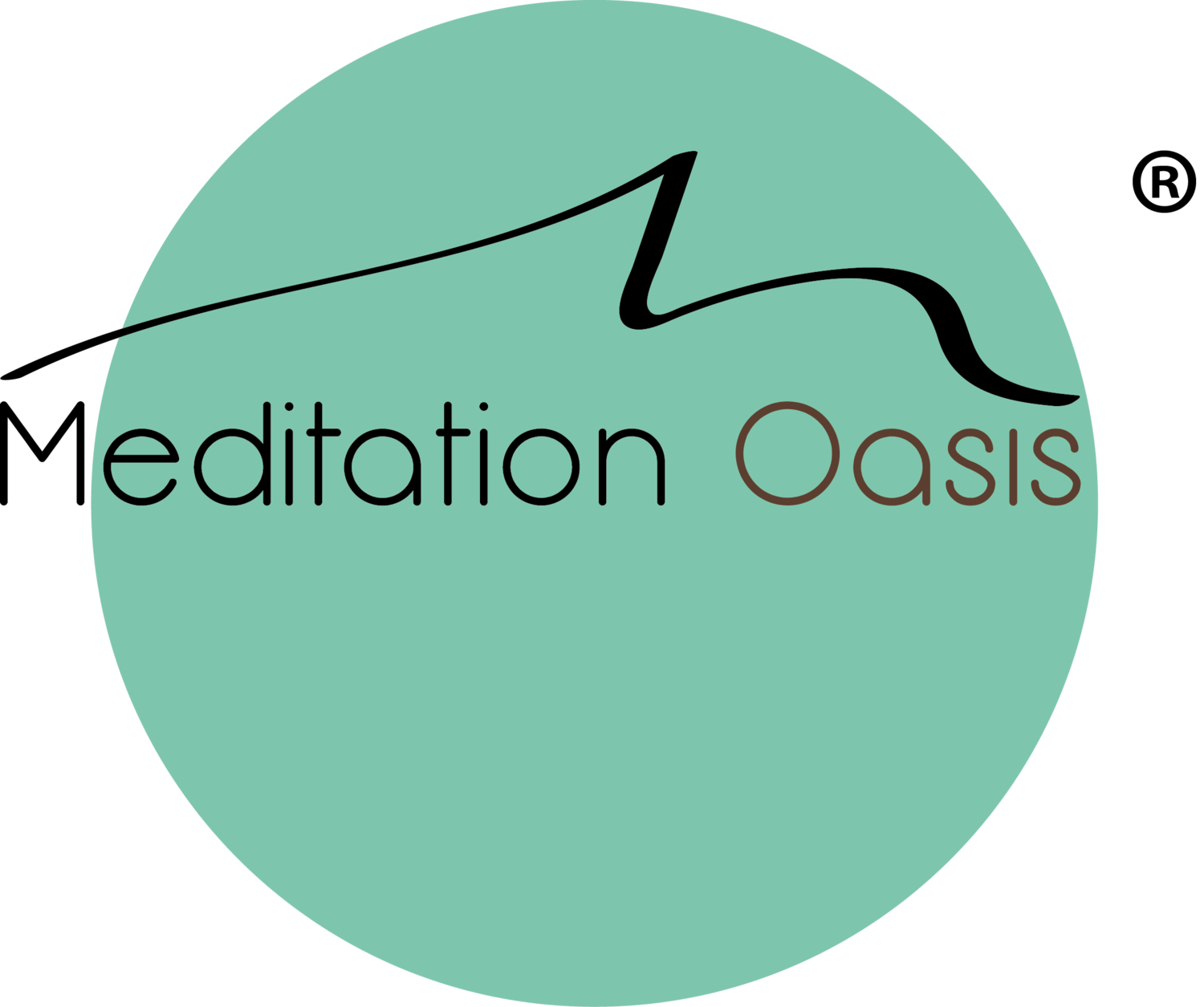Meditation Basics
Especially for Users of the Meditation Rx App
POSTURE — SITTING OR LYING DOWN?
For most of the guided meditations, we suggest sitting upright. Find a comfortable position in which you can relax. Sitting helps to keep the mind alert, but if it is uncomfortable for you to sit or you are unable to due to your circumstances, it’s fine to listen to the guided meditations lying down. If you are doing a meditation for falling asleep, it’s best to be lying down where you intend to sleep.
THOUGHTS IN MEDITATION
It's natural for the mind to have thoughts, and thoughts are a part of meditation. The goal of meditation is to become more at ease, relaxed and at peace with whatever is happening, so it's important to not resist anything that comes in meditation, including thoughts. Don't try to push out thoughts, but also don't intentionally follow them. Simply notice that thoughts are present and let them go the way they come -- effortlessly. When you find that the awareness has been caught up in a train of thought, easily come back to the meditation.
NOISE
It's enjoyable to meditate in a quiet place, but it is not always possible. You can meditate even in a noisy environment. The key is to not resist noise. Don't try to ignore the noise or to block it out. Simply let it be and continue with your meditation.
FALLING ASLEEP IN MEDITATION
Hopefully in meditation we enter a state of "non-resistance". This would include not resisting sleep if it comes. If we try to keep from falling asleep, we are straining. The goal of meditation to establish a state of ease. Therefore, if sleep comes, let it come. As the body relaxes, it will take the opportunity to sleep if sleep is needed. Of course, some meditations are specifically designed to help with falling asleep. When you are ill or under a great deal of stress, it can be very beneficial to fall asleep in meditation. The sleep should be especially deep and restorative.
EMOTIONS IN MEDITATION
When we enter into a state of relaxation in meditation, strong emotions can sometimes come up. This can happen for several reasons. When the mind settles down in meditation, we may become aware of an emotion that has been "under the surface" while we are busy in activity and focused on other things. It may also be that the deep relaxation of meditation causes a kind of "unwinding" or purification, so that any emotion that has been held in the body is released. Simply allow the emotions to be there.
STRONG OR UNCOMFORTABLE EMOTIONS
If you are uncomfortable with a particular emotion, such as grief, the tendency may be to want to push it out. If you notice yourself resisting emotions, let the resistance go. Allow the emotion to be experienced fully. This way the emotion is able to resolve.
On the other hand, when a strong emotion arises, the mind may become very busy interpreting it or dramatizing it with a story about it. This involvement of the mind in the emotion intensifies and feeds it, and also obstructs it from moving through easily. Simply allow yourself to feel the emotion. It can help to locate where you feel it in the body. It can be easier to be with the emotion when you experience it as a bodily sensation.
ENDING MEDITATION
It's important to take time to come out of meditation slowly. When we are deeply rested in meditation, it can be jarring to suddenly get up and start our activity. Remain with your eyes closed for a minute or two. Stretch, move around a bit, and gradually become more active. When you are ready to open your eyes, you can open them downcast at first.

